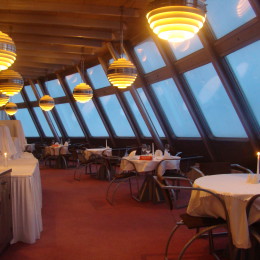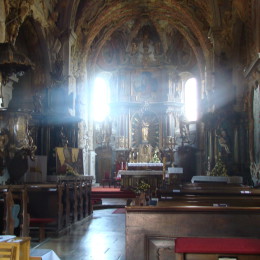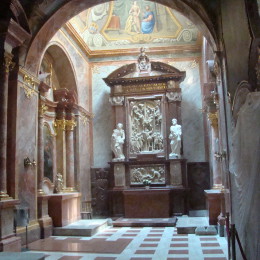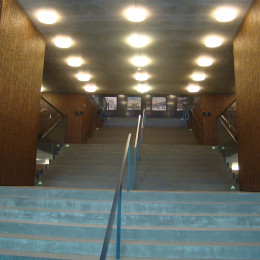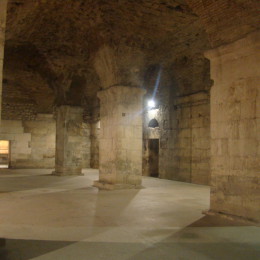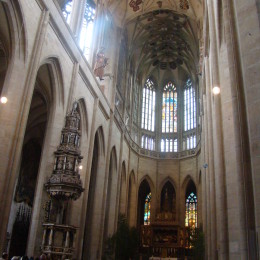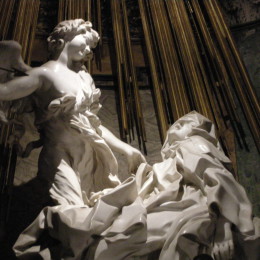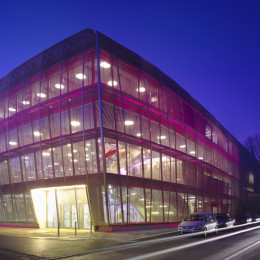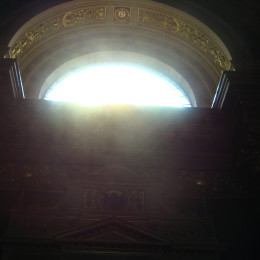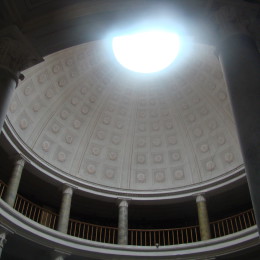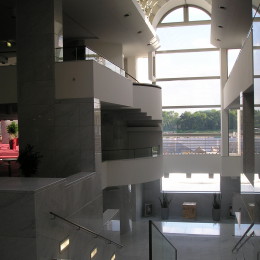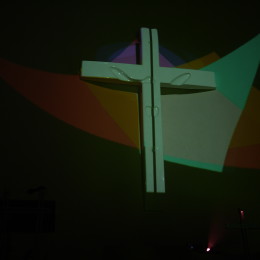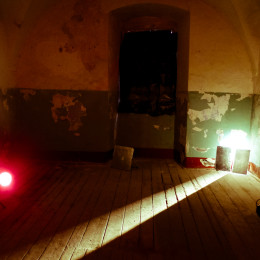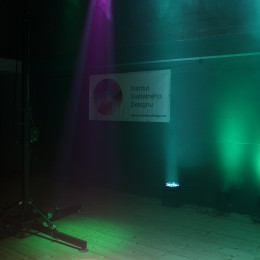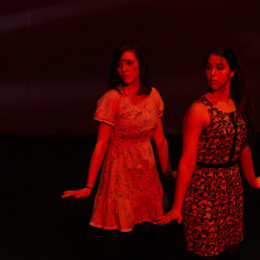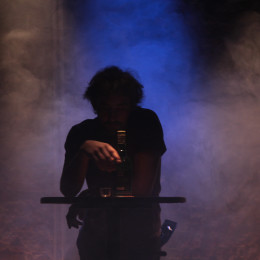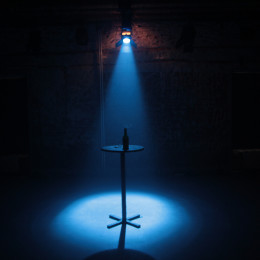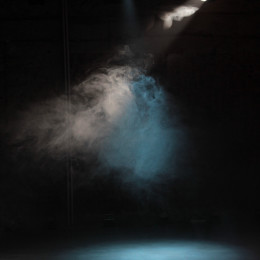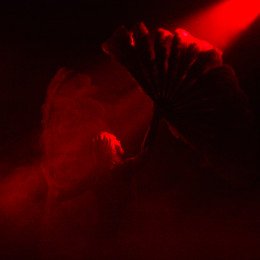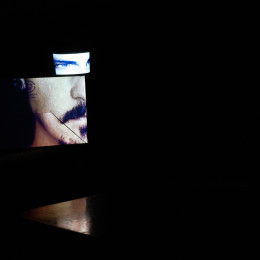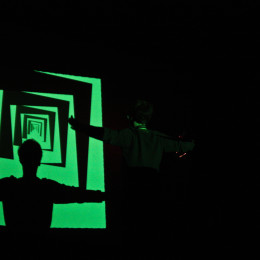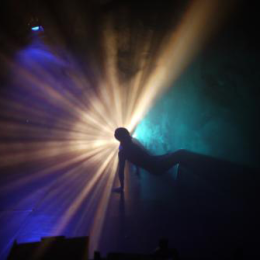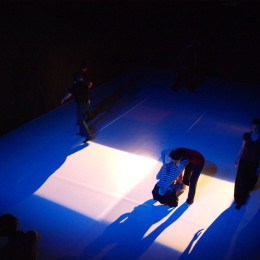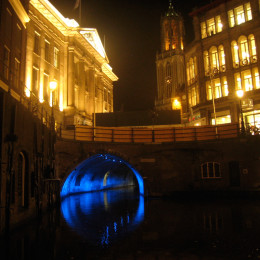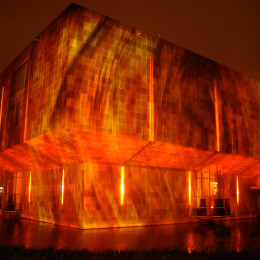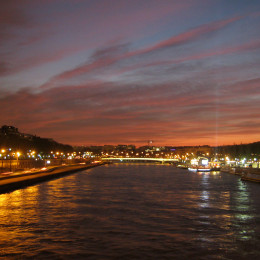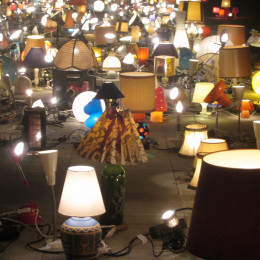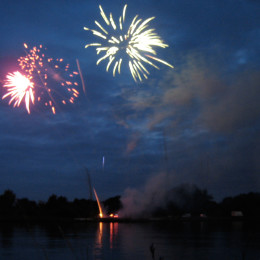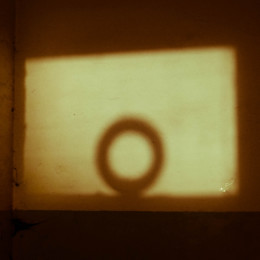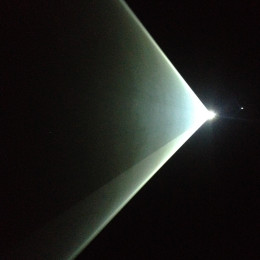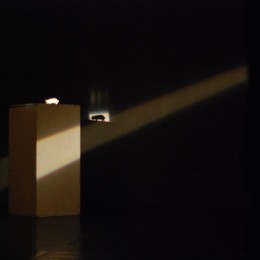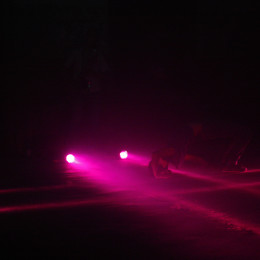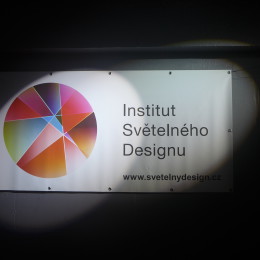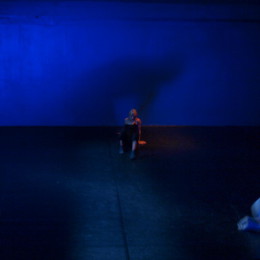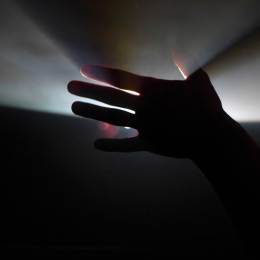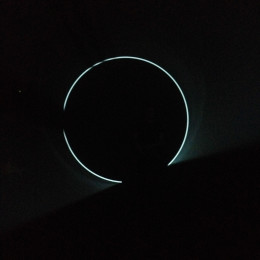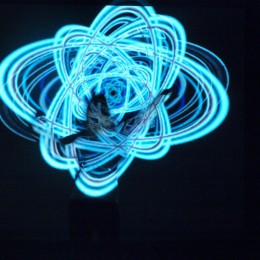וְרָאִ֣יתִי אָ֔נִי שֶׁיֵּ֥שׁ יִתְרֹ֛ון לַֽחָכְמָ֖ה מִן־הַסִּכְל֑וּת כִּֽיתְרֹ֥ון הָאֹ֖ור מִן־הַחֹֽשֶׁךְ׃
I saw that wisdom is better than folly, just as light is better than darkness.
Ecclesiastes 2:13
The lighting design is created in nature during the play of various factors. They constitute the mood, in which we live our everyday experience. The theater creates imaginative worlds, which have their mood quite similar to ordinary world. But in theater, the mood is manufactured according to the needs of the performance.
The nature of lighting design is an intricate mixture of sub-disciplines, from the laws of optics, electrical engineering and physics in general, over the psychology and social behavior of the Fine Arts to art of directing. To find an exact method of how to teach this discipline is a hard task – various educational approaches incline in majority to work with the form of practical exercises, experimentation, where one can learn, try and really see the technical principles that can be then used with imagination and dramaturgical intention for specific visual design. Heading skills of a lighting designer must contain both the technical expertise (say craft) and art, visual imagination and also feel for the artistic vision of the director or choreographer (more generally, the knowledge of the theater as a form of art). Each of these areas has an inexhaustible breadth of knowledge that is necessary or at least good to master. (and that’s why there are so many different views of professional lighting designers, whether it is an artistic or technical profession. The truth probably lies somewhere in the middle.)


What is the best way to teach lighting design?
Broad humanistic education covering science and humanities, constantly coming back to light and how we are engaged in it. A small scale experiment then large scale application, repeated. Having people examine reductively and demonstrate holistically. Looking at each tool in the designer’s toolbox then understanding why they are used.
Ben Ratcliffe
I agree that lighting design is an important component of a performance, but it’s just one of the crafts. Rather a technical and servant craft. It cannot aspire to be an artistic field as the integrity of its author is not at stake and it will not stand by itself. It will prove well in the service of the task. As a good chair serves for good seating. We can admire a really nice chair for its functionality and beauty. But we do not perceive it as art. So I understand the creation of a lighting design as a sort of carpentry.
Daniel Tesař
So the profession of a lighting designer is a combination of art and technical knowledge?
Yes, it’s both. If you are a sculptor, you need to know how to cut stone and what technology to use for it. You have to have great ideas and visions but to make it happen, you have to master the craft. I think that the same can be said of the designing light. I’ll give you an example: the play Danton’s death by Georg Büchner is performed in the London’s National Theatre with the stage design by Christopher Orama. Lighting design was made by Paule Constable. The scene consists of doors arranged in a semicircle with a gallery above them and windows with shutters above it. The windows are approximately six meters high and when they are open in the daytime scene, only one beam goes through them that creates a perfect shade of the windows on the scene. To achieve that, you need to know which source to use, where to place it exactly. That’s the side of the craft. But you also need to have an idea and it must be very good, because actors can work with those perfectly placed beams. You have to be aware of this by the construction of a scene, you have to explain this to the director – how, where and when the shadow will be used.
Nick Moran
Do you consider lighting design to be art?
I think it might be. For me personally, the light design is rather a way of expression than art. It gives me the opportunity to express my point of view showing my opinions and my feelings to what we work on. Some will understand, some won’t. It’s a part of the communication process with the rest of the team. I like teamwork, I do theater.
Sergio Pessanha
All these pieces of art are shaped with the help of the light as well. The light is a constitutive part of their design.
As the quotes above testify, there is no overwhelming consent about the definition of lighting design. Nevertheless, the interest in lighting design seems to be growing stronger in the course of time and more and more people discover the beauty of light and the self awarding nature of working with lights. Though it seems that large parts of such work rely on the instinct and experience, still some knowledge, which has been gathered by various filed of studies about light, is helpful as a theoretical base. It is certainly possible to fix the lights without it, however, it might be quite an advantage to be able to express, conceive and understand various phenomena even before any instrument is touched at all. Such an offer of learning is the main content of the knowledge center, a structured course that is available for free at this web page.
There are several points of view on lighting, each represented by one lesson, of which common denominator is light and lighting in the ambiance of theater. Besides the rather narrow field of work in theatre we also touch some phenomena cast by light onto other spheres of society, nature and perception, culture and symbolics are connected to everyday life in one way or another.
But leaving the knowledge aside, there is also one key element that makes light very interesting: it’s inherent beauty that can draw attention to it.

